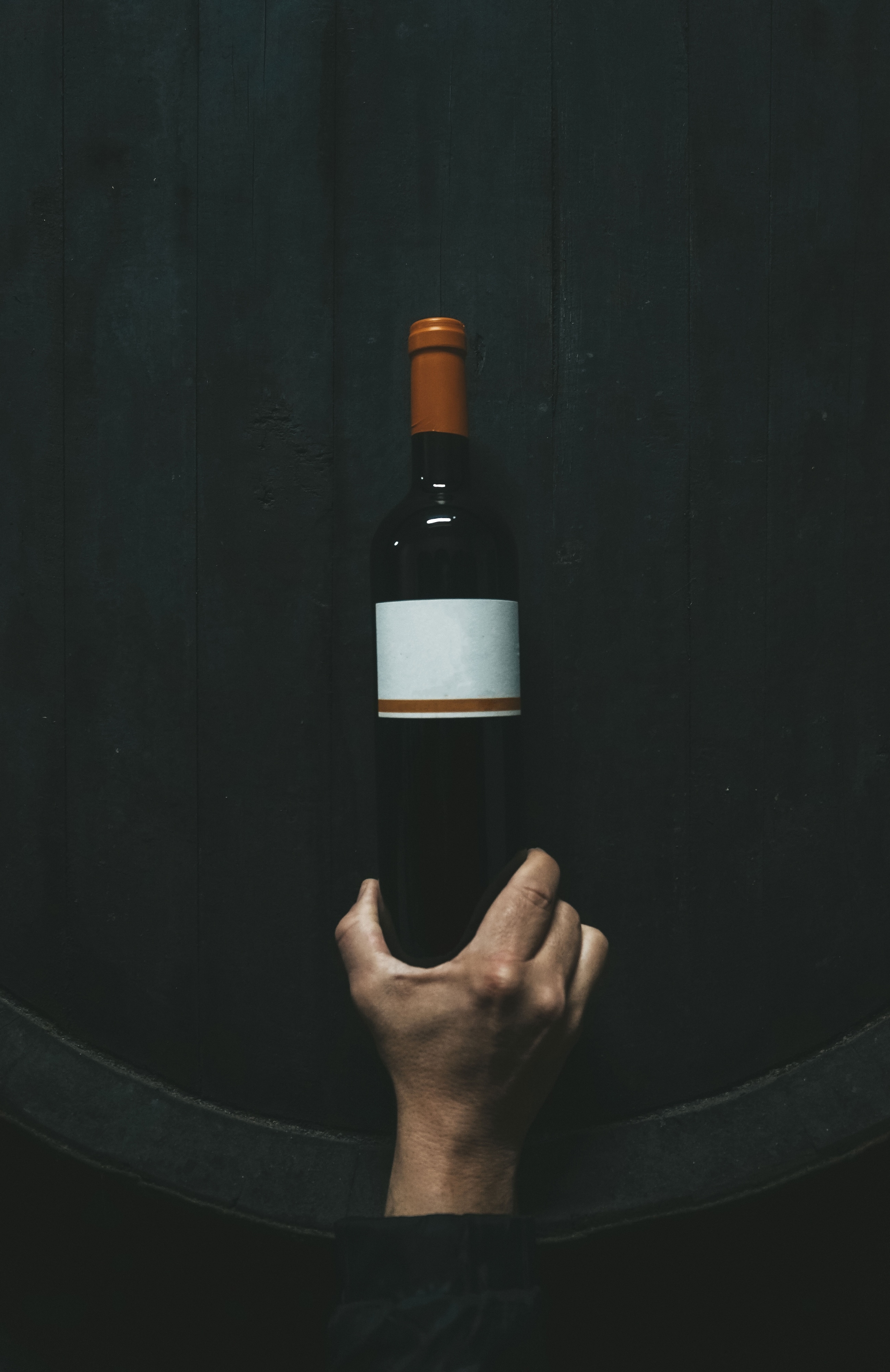Great paintings and antique artefacts have attracted enormous valuations over the centuries. So too has high-class wine. Various counterfeits have been produced, and, under an expert eye, are easy to spot. But how does one go about identifying a fraudulent bottle of wine?
Of course, the most foolproof way of deciding whether or not a wine is fake is to taste and smell it. However, this is an often compromised method due to several varying factors.
Firstly, only an experienced expert will be able to taste the difference in a well-produced fake, and even if it's real, the conditions in which that bottle was held may have caused it to alter its characteristics somewhat.
What's more, wine can only be tested by opening the bottle, the act of which would decrease its value dramatically anyway, were it proven to be genuine. Unlike the Mona Lisa or The Scream, samples cannot be taken from the piece without causing lasting damage, as it were.
Respected publication Wine Spectator estimate that fraudulent wine could account for up to five percent of the market. What's more, with the counterfeit wine market estimated at costing the genuine winemakers $AU 7.7 million and $AU 38.5 million, it's important to know what to look for if purchasing a revered vintage. So what is a collector to do if he or she suspects a fraud within the fine wine cellar?
Does the label tell a fable?
A fine wine will have a well-known, distinctive label adorning its bottle. Many labels have several telltale signs and marking features, so head to the website of your chosen vintage and find a picture of the relevant sticker. Only use the official wine website of your brand to find said label, as other sources may not be as reliable.
Once you have found the image, meticulously compare it to your physical version. If it matches up perfectly, the chances are that your wine is genuine, particularly if bought from a reputable dealer. Remember, though, that if your bottle is meant to be particularly old (over 30 years, say) then a flawless label, unfaded by the years, is not a positive sign.
Message in (the shape of) a bottle
Keep the wine's website open for a little while longer. Not only can label tell a story, but so too can the shape of the bottle, especially if it is particularly distinctive. This method is not particularly foolproof, as the glass shape of bottles are relatively easy to mimic.
However, it can still give a certain peace of mind to match up both label and shape to the actual bottle you hold in your hands.
Cork of the devil
The age of the cork is another indicative sign as to whether or not your bottle is as old as it should be. That's because corks age very visibly, and tend to darken as the years roll by.
Confusingly, wine collectors can (and do) have genuine wines re-corked with new stoppers for various reasons. Re-corking wine can sometimes be vital in saving a vintage bottle, but it can also encourage counterfeits and can, in some instances, ruin the wine it guards. If you're unsure, have your bottle checked over by an expert.
The mad capsule market
If your wine bottle has a capsule, give it a check over. Firstly, ensure that it matches up well with the label and is of the type that that particular wine estate employs.
Capsules are also made from a variety of materials, including aluminium, lead, plastic and wax. As lead is never, and wax rarely, used in current wines of the day, these components could point to an older, genuine bottle of the good stuff.






